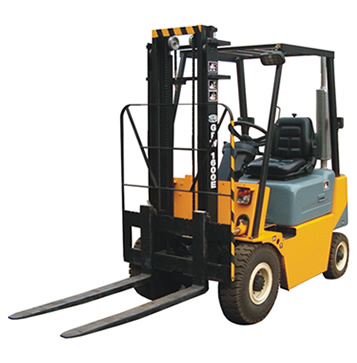IndustrialDesigner
Forum Ride Along
- 8
- 0
- 0
Hi forum readers,
I am a senior industrial design student, and I am researching for my senior design project. I need your help on information that relates to your field of study. I need help with information about your experiences with certain tools or complications with systems that you use everyday. I also understand that there may be people who have a lot of experience and people who are just starting. Here are the areas I will be focusing on.
Some of the areas that I am exploring are:
How EMSs treats a person at the site and gets them safely into the vehicle for transport.
• What are your issues on spine boards, stretchers and getting the person in safely.
• What are your concerns when making sure the person is secured and ready for transport.
• Do you have enough room in the back of the ambulance with the stretcher in there?
• What do you think is not efficient?
• Ergonomics of the tools you use
Equipment You have to carry or use, on site and during the ride to the hospital.
• Problems operating equipment.
o Too many buttons
o Inefficient tools
o Tools that you think are just out date in look and feel
• Is there a case that you carry with you and how hard is it to grab things when you need it
o Do you pack the case yourself?
o Does the case fit your needs.
Lastly, the EMSs handle the patients and may have bodily fluids on them.
• What do you wear on your hands
• Does blood ever get on your arms
• What happens when it gets on the fabric of your cloths
Thanks a bunch for reading. Thank you also for posting.
I am a senior industrial design student, and I am researching for my senior design project. I need your help on information that relates to your field of study. I need help with information about your experiences with certain tools or complications with systems that you use everyday. I also understand that there may be people who have a lot of experience and people who are just starting. Here are the areas I will be focusing on.
Some of the areas that I am exploring are:
How EMSs treats a person at the site and gets them safely into the vehicle for transport.
• What are your issues on spine boards, stretchers and getting the person in safely.
• What are your concerns when making sure the person is secured and ready for transport.
• Do you have enough room in the back of the ambulance with the stretcher in there?
• What do you think is not efficient?
• Ergonomics of the tools you use
Equipment You have to carry or use, on site and during the ride to the hospital.
• Problems operating equipment.
o Too many buttons
o Inefficient tools
o Tools that you think are just out date in look and feel
• Is there a case that you carry with you and how hard is it to grab things when you need it
o Do you pack the case yourself?
o Does the case fit your needs.
Lastly, the EMSs handle the patients and may have bodily fluids on them.
• What do you wear on your hands
• Does blood ever get on your arms
• What happens when it gets on the fabric of your cloths
Thanks a bunch for reading. Thank you also for posting.

